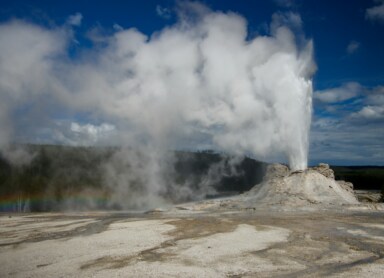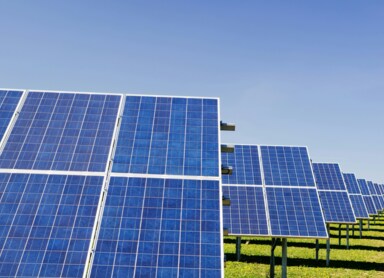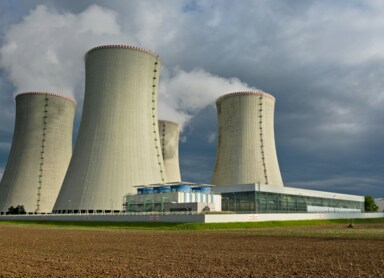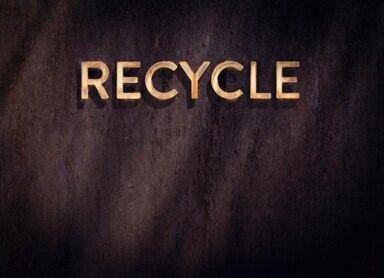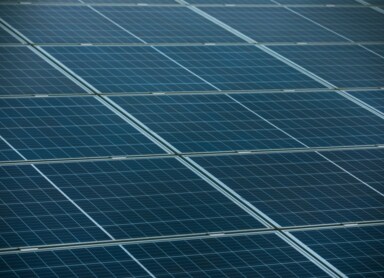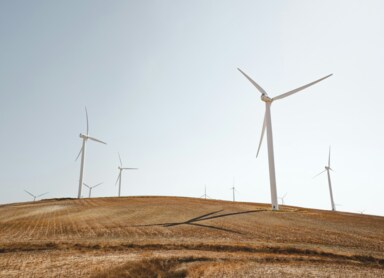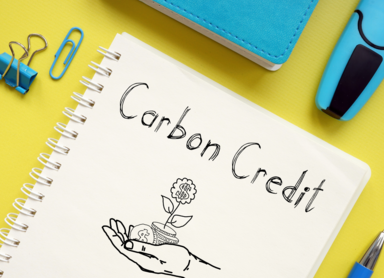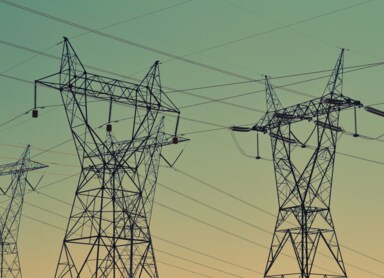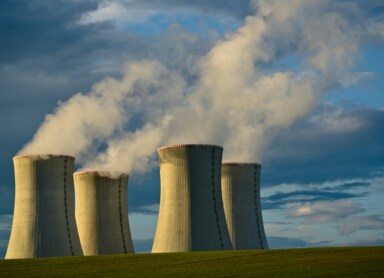RES
Geothermal energy – how it works and whether it can be an important source of energy in the future?
Among renewable energy sources, geothermal energy is usually not mentioned among the top options. For this reason, most investors don’t even consider using it. And that’s a shame, because the geochemical processes occurring inside the Earth generate truly large amounts of heat that—if properly harnessed—can be used in everyday operations. But what exactly is geothermal energy, and how can it be exploited?
Solar tax – who does it apply to and what are the current regulations?
Generating electricity from solar radiation has for years been an effective way to save money, allowing a significant reduction in electricity bills. However, reports on the internet suggest that, in search of additional revenue, the tax authorities plan to reach into taxpayers’ pockets by introducing a solar tax. How is this new fiscal charge supposed to work? Who does it apply to, and is there really anything to worry about?
How does a nuclear power plant work? We explain
Nuclear energy is currently regarded as the future of developing societies. Extremely efficient and environmentally safe, it allows for the generation of a tremendous amount of electric power, albeit at a fairly high cost. Learn about the principles of how a nuclear power plant works and find out what plans Poland has in this regard.
What is the deposit return system and from when will it be in force in Poland
The deposit return system is a solution introduced in response to the provisions of the Single-Use Plastics Directive, also known as the plastics directive. Its aim is to increase the level of recycling and to reduce the amount of waste ending up in the environment. In Poland, it will come into force in October 2025, although it was originally planned to be launched much earlier. What is the deposit return system, and how has it worked in other European countries?
Photovoltaics – Is It Worth It? Costs, Benefits, and Current Regulations
As of July 1, 2024, new prosumers are now settled under the net-billing system. Unlike the previously used net-metering, where surplus electricity could essentially be taken back on a 1:1 basis with a small commission deducted, the new system is based on specific monetary values.
Is solar-generated electricity still just as profitable under these new rules?
How does the ozone hole form and what does it cause? How can this phenomenon be prevented?
Our planet is surrounded by an invisible ozone layer, which spreads like a bubble at an altitude of several dozen kilometers. Its existence was discovered surprisingly late, only in the 1960s. It was not immediately established that the structure of the ozone hole is not constant and can be damaged. Such a loss is referred to as the ozone hole. What is the ozone hole and can it be prevented
Wind turbines — how do they work and what should you know about them?
Renewable energy sources are not limited to photovoltaics or hydroelectric power. In areas with strong winds, it is also possible to harness their potential to generate electricity. Here, we take a closer look at wind turbines—both large-scale industrial installations and smaller household solutions. How do they work, and is wind power a cost-effective source of energy?
Carbon Credits – What Is Their Role in Combating Climate Change?
Mitigating and preventing climate change are goals that require decisive and large-scale action. One of the key elements of the global strategy to reduce greenhouse gas emissions is the Carbon Credit system. It serves as an incentive mechanism that promotes the use of renewable energy and reduces the negative environmental impact of businesses.
Electricity – everything you need to know about it
Moc prądu to jedno z kluczowych pojęć w elektroenergetyce i elektronice. Dobrze je znać zarówno prowadząc gospodarstwo domowe, jak i przedsiębiorstwo. Dzięki znajomości tego zagadnienia można zrozumieć, w jaki sposób efektywnie zarządzać zużyciem energii elektrycznej, żeby zarówno urządzenia elektryczne, jak i całe instalacje służyły nam jak najdłużej w pełnej wydajności. Dlaczego moc prądu ma duże znaczenie dla naszej codzienności? Jak przeliczać moc na zużycie prądu? I dlaczego nie tylko inżynierowie powinni wiedzieć z „czym się ją je”? O tym w poniższym artykule.
How to Implement the ISO 14001 Standard in Your Company? A Practical Guide
ISO 14001 is an international standard that defines a set of requirements necessary to create an effective environmental management system. Its purpose is to support organizations in mitigating their negative impact on the natural environment while helping them maintain operational efficiency. Implementing ISO 14001 is becoming increasingly popular among businesses due to the crucial role that environmental policies play in a company's reputation and competitiveness. It is also a growing requirement from key stakeholders, including investors and consumers.
Nuclear energy – the pros and cons of this form of energy
Energia jądrowa może kojarzyć się z działaniami zbrojnymi, ale znajduje ona zastosowanie również do wielu celów pokojowych. Stosuje się ją w radiomedycynie, przemyśle lotniczym i metalurgicznym, czy wreszcie do zasilania elektrowni atomowych. Całkowity udział energetyki jądrowej w wytwarzaniu energii elektrycznej na świecie w 2021 roku wynosił 10,2%. Przyjrzyjmy się bliżej, jak działa ta technologia. Co to jest energia jądrowa, jak powstaje i czy jest się czego obawiać?
How does the Stop Smog program work and who can receive funding?
The Stop Smog program is financial support for municipalities that engage in thermal modernization projects and their residents. It is intended for centers where the so-called “anti-smog law” is in effect. As of January 1, 2021, it is administered by the Ministry of Climate and Environment in cooperation with the National Fund for Environmental Protection and Water Management.
